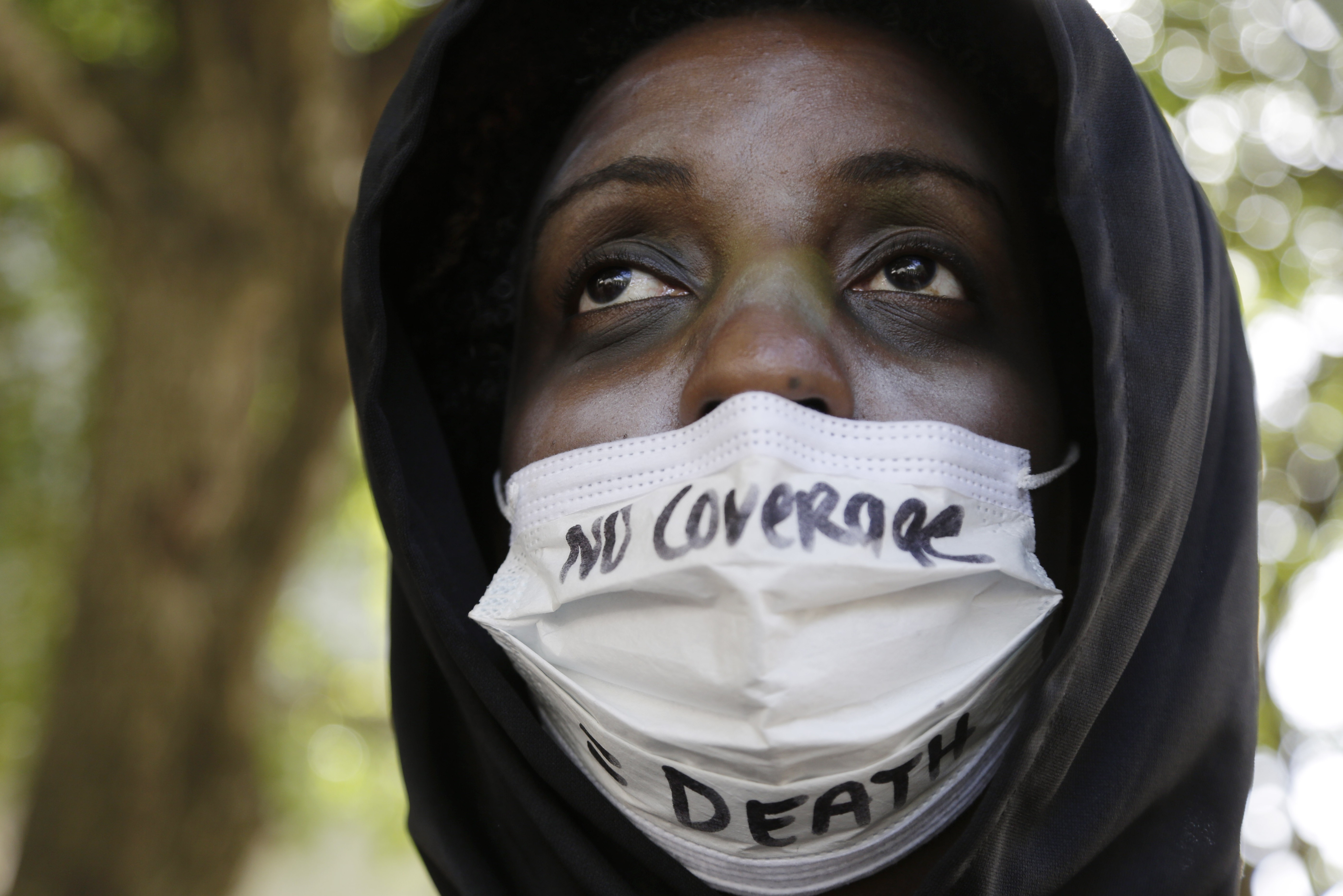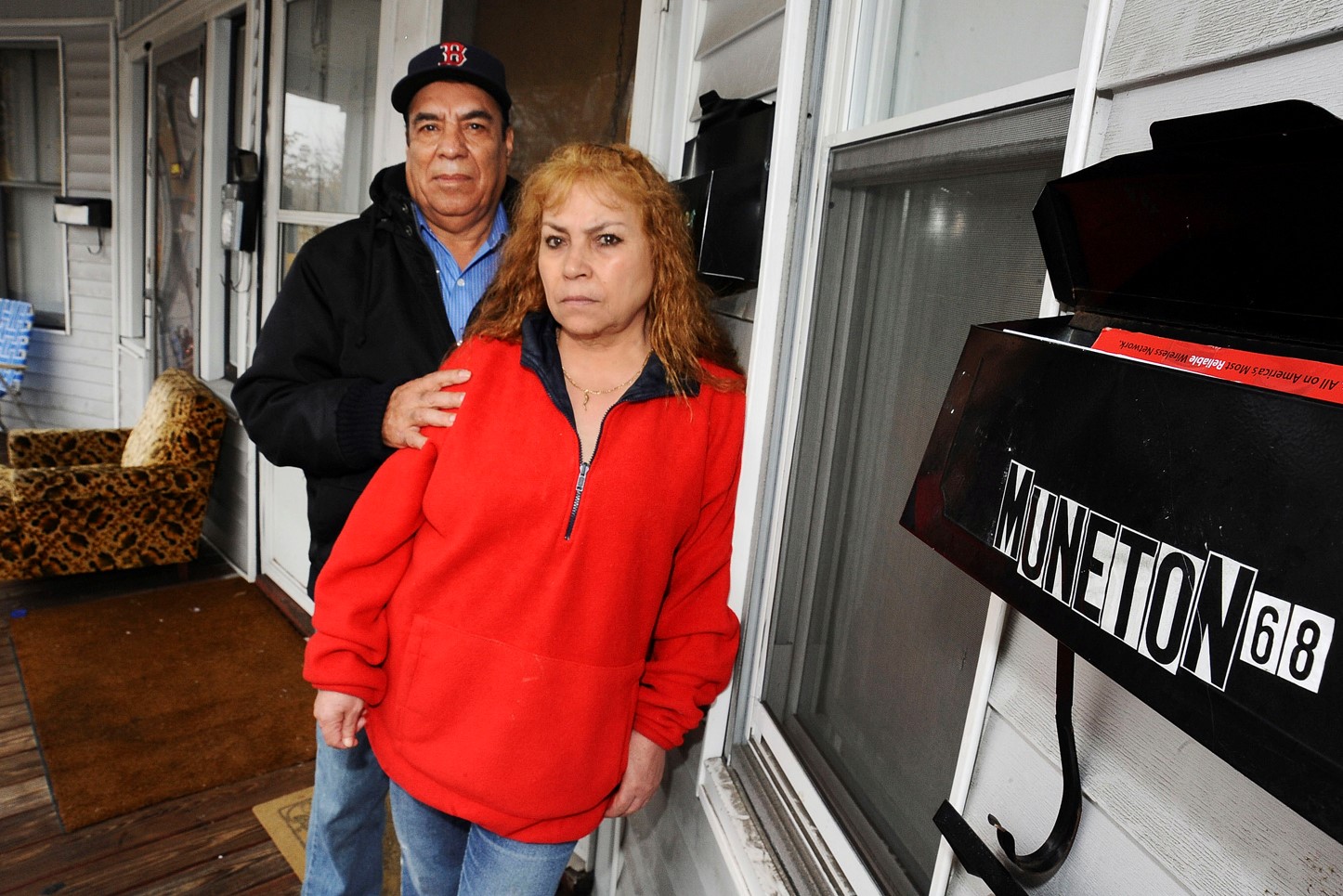In his State of the Union address, President Obama put a laser-like focus on “middle-class economics”, calling for policies that ensure every American has a fair shot at economic security. While the President may not have said the word “poverty” in his address, his FY2016 budget, released today, makes clear that “middle-class economics” must also expand the population of people to whom that term applies. Infused throughout the president’s budget are policies and proposals that would provide a smoother pathway for people struggling on the financial brink to not just find a bit of security, but to have a shot at climbing the economic ladder through policies to create good jobs, support strong and healthy families, update our social contract for the 21st century, and remove barriers that keep people trapped in poverty. We’ll review a few of the highlights below.
Good Jobs
Strong Families
21st Century Social Insurance
Removing Barriers to Opportunity
The President calls for a new investments in infrastructure projects such as ports, bridges, and roads, which would create millions of new jobs that pay a living wage.
The budget also includes significant investments to prepare American workers for medium- and high-skills jobs, including $60 billion for the president’s historic proposal to make community college free for students who keep up their grades, as well as funding to ensure that Pell grants don’t erode with inflation. Other funding would allow a doubling of apprenticeships over 5 years, and a significant expansion of re-employment services, and other workforce development programs that serve low- and middle-income workers.
Importantly, the president’s proposal includes significant new funding to help some of the most disadvantaged workers in the labor market. The budget includes $3 billion for a “Connecting for Opportunity Initiative,” which would make summer and year-round job opportunities more widely available and offer competitive grants to create educational and workforce opportunities for at-risk youth. Recognizing that subsidized jobs are an important tool for helping disadvantaged workers, the president’s budget also redirects over half a billion dollars to a “Pathways to Jobs” initiative to help states partner with employers to create these positions. The budget provides additional funding for subsidized jobs under the Workforce Innovation and Opportunity Act.
Finally, the “First in the World” program would fund evidence-based and promising practices to improve the likelihood that low-income students could complete degrees and have a better shot at medium- to high-skill jobs in today’s economy.
CAP’s recent report on family policy underscores that policies that strengthen the economic foundation of families are an important part of ensuring that all families are stable, healthy, and strong. To that end, the president’s budget includes several key initiatives to ensure that families don’t need to make choices between a needed paycheck and bonding with a new baby, or going to work without affordable and quality child care.
Specifically, the President’s budget includes a proposal that provides incentives for up to five states to adopt earned paid leave legislation so that the birth of a child or illness of a family member doesn’t send a family into an economic tailspin.
The President reiterates his commitment to providing preschool for all by providing matching funds to states that set up preschool programs, but also offers up a historic expansion of childcare assistance, tripling the maximum child and dependent care tax credit to $3,000 and enabling more families to claim it.
The proposal also includes substantial investments of $82 billion over 10 years in the Child Care and Development Fund to help states offer subsidized child care to low-wage working parents. This could boost the number of slots available by more than 1 million. The budget also increases investments in quality infant and toddler care by expanding access to the Early Head Start program and ensures that children in Head Start can access full-day, full-year programs, which helps parents to work and improves outcomes for kids. The president’s budget continues his commitment to evidence-based home visiting programs that provide professionals like social workers and nurses to pregnant women and new moms in order to help parents support their child’s healthy development. The funded programs have shown a range of positive outcomes including lower rates of depressive symptoms and stress for parents and higher grade point averages and graduation rates for the children in the long-term.
Get Talk Poverty In Your Inbox
Given that four out of five Americans will face at least a year of significant economic insecurity at some point during their working years—and half will experience three years or more—we must ensure that our social contract provides sufficient protection amid the ups and downs of life.
To that end, the President’s budget includes important investments to strengthen several key elements of our social insurance system. He proposes bold reforms to Unemployment Insurance to make it respond more effectively as a stabilizer during recessions; ensure that long-term unemployed workers get the assistance they need without Congress needing to extend benefits; and help individuals secure comparable jobs as quickly as possible through investments in vital re-employment services.
Additionally, while the Earned Income Tax Credit (EITC) is one of our nation’s most effective antipoverty programs, it largely misses childless workers and noncustodial parents, who remain the only group the federal government taxes into poverty. The President’s budget would expand the EITC for these workers, while also making permanent the 2009 improvements to the EITC and the Child Tax Credit, currently set to expire in 2017.
Finally, the President’s budget includes a commitment to keeping our Social Security system strong for current and future generations. To that end, the President would rebalance the old-age and survivors’ fund and the disability insurance fund to put both on sound footing for the next 20 years and to prevent a shortfall in the disability fund. (Rebalancing is a routine step that has been taken 11 times in the past when either fund has faced a shortfall—and it is the only option available to avoid needless, across-the-board benefit cuts for millions of disability insurance beneficiaries—which is what would happen if Congress fails to act before the disability fund’s reserves are depleted in 2016). With his budget, the President is sending a clear message to Congress that it would be irresponsible to threaten the benefits of nearly 9 million disabled workers and 2 million spouses and children for the sake of Congressional politicking. The budget also proposes much-needed increases in administrative funding for the Social Security Administration to reduce the backlog in disability hearings, and mandatory funding to ensure that the agency can do critical program integrity work.
Removing barriers to opportunity
As a recent CAP report highlights, one group that faces significant barriers to opportunity is the approximately 1 in 3 Americans who have some type of criminal record. To ensure meaningful access to second chances, the President proposes increased investment in programs that support successful reentry. For instance, the budget includes a doubling of the Second Chance Act Grant program, which provides funds to state and local agencies and nonprofit organizations that provide services to support reentry and reduce recidivism; significant increases in resources for Bureau of Prisons programs that support mental health treatment and residential reentry centers, and the establishment of a new program to maintain and strengthen familial bonds for incarcerated individuals with minor children.
Moreover, recognizing that an individual’s zip code should not determine his or her life chances, the President proposes important investments to tackle place-based and concentrated poverty, including an expansion of the Promise Zones initiative, which aims to revitalize high-poverty communities through comprehensive, evidence-based strategies while helping local leaders access federal funding. The President designated five Promise Zones in 2014, and will name another 15 by the end of 2016.
Additionally, the President’s budget includes several policies to ensure that workers with disabilities have a fair shot at employment and economic security. For instance, it provides demonstration authority and funding for key federal agencies to explore early intervention strategies to support workers with disabilities in remaining in the workforce, as well as incentives for states to better coordinate services.
**
Budgets are about choices. One important choice that cuts across all of the above themes is the president’s choice to reject the spending caps imposed by sequestration in his budget. These caps are due to re-emerge in the next fiscal year absent congressional action, which would have disastrous consequences for our economy and for families. Sequestration costs jobs and erodes funding for skills training; sequestration undermines family economic security by kicking children out of Head Start and child care slots; it hurts the most vulnerable by slashing programs such as affordable housing and nutrition aid for babies and toddlers; and it means fewer resources for investments in community development in distressed neighborhoods, second chances for ex-offenders, and other opportunity-boosting programs.
But the president’s budget isn’t just about damage control. It makes real investments in cutting poverty and boosting economic mobility. In fact, the study that launched the Half in Ten campaign several years ago showed that raising the minimum wage, expanding the EITC and Child Tax Credit, and making childcare more broadly available to low-income families could cut poverty by 26% over 10 years. Those types of investments are all in this budget.
While a Republican-controlled Congress is unlikely to adopt the president’s budget, there are opportunities for bipartisan movement—including on the EITC, subsidized jobs, and common-sense reforms to our criminal justice system. But even if Congress were to ignore the vast majority of the president’s budget blueprint, it is important for advocates to pay attention. Budgets are about choices, and the President’s budget underscores that we can achieve deficit reduction while making investments in key aspects of economic opportunity: good jobs, strong families, a 21st century social contract, and removing barriers to opportunity. The question is this: can we build the political will to make these choices happen?










